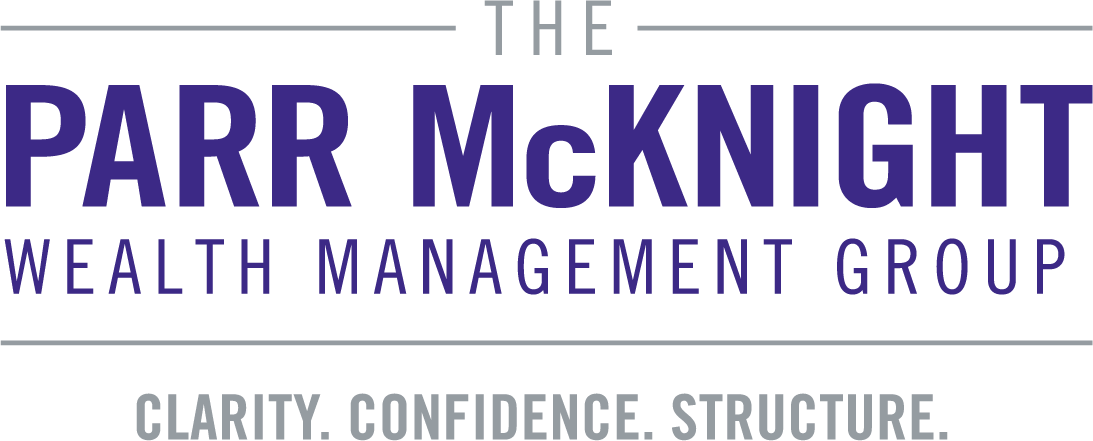Top 5 Tax Law Changes from the One Big Beautiful Bill Act (OBBBA) That Could Impact Your Financial Plan
- Nelson Moen

- Aug 3
- 4 min read
Updated: Aug 7
The One Big Beautiful Bill Act (OBBBA), signed into law on July 4, 2025, introduces significant tax changes that affect our clients. This article is not designed to address every provision in the 887-page legislation but rather to highlight five key areas that could impact our clients.
To help with understanding the impacts of the provisions, we have included real-life examples and planning points.
Given the complexity of OBBBA’s provisions, the points here are designed to be educational, and the direct impact needs to be contextualized to each situation individually. Could you want to further discuss the impacts of these changes on your situation, don’t hesitate to reach out to our team directly!
1. Changes to Itemized Deductions
(2025) SALT Deduction Increased from $10,000 to $40,000 - The State and Local Tax (SALT) deduction cap rises to $40,000 through 2029, then reverts to $10,000, with phaseouts for MAGI above $500,000 at a 30% rate (Single/MFJ)*.
(2026) Mortgage Insurance Premiums (MIPs) Includable in Deductible Mortgage Interest - Mortgage insurance premiums are deductible again starting 2026, included within the $750,000 mortgage indebtedness limit for acquisition debt.
(2026) Itemized Deduction Limitations for the 37% Tax Bracket - For taxpayers in the 37% bracket, itemized deductions are reduced by 2/37ths, capping their tax value at 35% of income, effective 2026.
Real-Life Example: A Minnesota couple in Edina, earning $450,000 MAGI, pays $25,000 in state income taxes (at MN’s 9.85% top marginal rate for income over $193,240 joint) and $15,000 in property taxes. The new $40,000 SALT cap allows them to deduct the full amount, saving ~$10,500 federally (35% bracket) in tax savings—potentially using this savings to fund a child’s 529 plan contribution.
Planning Point: Minnesota families may want to consider bunching property tax payments or charitable contributions into 2025 to maximize the SALT cap before phaseouts affect higher earners; for recent homebuyers, track MIPs for 2026 deductions.
2. Changes to Standard Deductions
(2025) Standard Deductions Receive an Increase - Standard deductions rise slightly in 2025 (e.g., $31,500 for joint filers).
(2025–2028) Temporary Additional Deduction for Seniors 65+ - A temporary $6,000 ($12,000 joint) deduction for those 65+ is available, phasing out for MAGI between $150,000–$250,000 (joint).
Real-Life Example: A retired couple in St. Paul, both 65+, with $150,000 MAGI (in MN’s 7.85% marginal bracket for income over $105,620 joint), qualifies for the full $12,000 senior deduction plus the increased $31,500 standard deduction. This reduces taxable income by $43,500, saving ~$9,570 federally (22%) and ~$3,415 state (7.85%), or $12,985 total—enough to cover home upgrades or a grandchild’s camp.
Planning Point: Retirees could consider the use of Roth conversions to take advantage of the higher Standard Deduction limits or utilize QCDs to keep MAGI at or below $150,000 (joint); coordinate with Social Security claiming strategies to minimize taxable benefits and maximize this temporary benefit through 2028.
3. Federal Tax Brackets Become Permanent
(2026) Income Tax Brackets Remain at 37% - The top income tax bracket stays at 37% instead of reverting to 39.6%.
(2026) Capital Gains Tax Brackets Remain at 20% - The top capital gains rate remains 20% instead of increasing to 25%.
Real-Life Example: An executive with $1 million MAGI and $500,000 in long-term capital gains saves ~$10,000 on ordinary income (37% vs. 39.6%) and ~$25,000 on gains (20% vs. 25%), $35,000—potentially boosting retirement contributions or funding a trust.
Planning Point: Plan Roth conversions or capital gains harvesting in to leverage the permanent 37% and 20% rates; use multi-year projections to optimize income timing.
4. Permanent Increase of Federal Estate Tax Exemption to $15M ($30M for MFJ Tax Filers)
The estate tax exemption rises to $15M per person ($30M joint) starting 2026, up from ~$14M, with inflation adjustments.
Real-Life Example: A couple with a $25 million estate avoids federal estate taxes entirely under the $30 million exemption, saving ~$4.4 million (40% on excess over ~$14M joint). This preserves wealth for heirs, potentially funding a family foundation or lake home for generations.
Planning Point: Families could review prior gifts for decanting or SLAT adjustments to align with the higher exemption; continue annual exclusion gifting ($18,000 per recipient in 2025) to reduce taxable estates while still being aware of specific state estate tax rules.
5. Provisions That May Impact Small Business Owners
(Post July 4th, 2025) Qualified Small Business Stock (QSBS) Gain Exclusion Increased - QSBS maximum gain exclusion rises from $10M to $15M for stock acquired after July 4, 2025, with tiered exclusions (50% at 3 years, 75% at 4 years, 100% at 5 years).
(Post January 19th, 2025) Bonus Depreciation Permanently Restored - 100% bonus depreciation is restored for business property placed in service now, as the effective date (January 19, 2025) has passed.
(2025) Section 179 Deduction Limits Increased - Section 179 limits rise from $1M to $2.5M (aggregate cost) and $2.5M to $4M (total property), effective now.
Real-Life Example: A tech founder acquires $100,000 in QSBS that grows to $5.1 million in 4 years. Due to the new tiered exclusions, they can exclude 75% of the $5M of gains ($3.75M). They only owe taxes on $1.25M, substantially reducing their tax liability. They also deduct $500,000 in new equipment via Section 179, saving ~$180,000 (37% federal), reinvesting in R&D or hiring.
Planning Point: Business owners can immediately leverage bonus depreciation and expanded Section 179 for equipment purchases to reduce taxable income; for QSBS, acquire stock post-July 4, 2025, and hold for at least 3–5 years to maximize exclusions.
Source: Kitces.com analysis of OBBBA provisions.
*August 7th: This post was updated to accurately reflect that the phase out limit begins at $500,000 (S/HOH/MFJ).





Comments